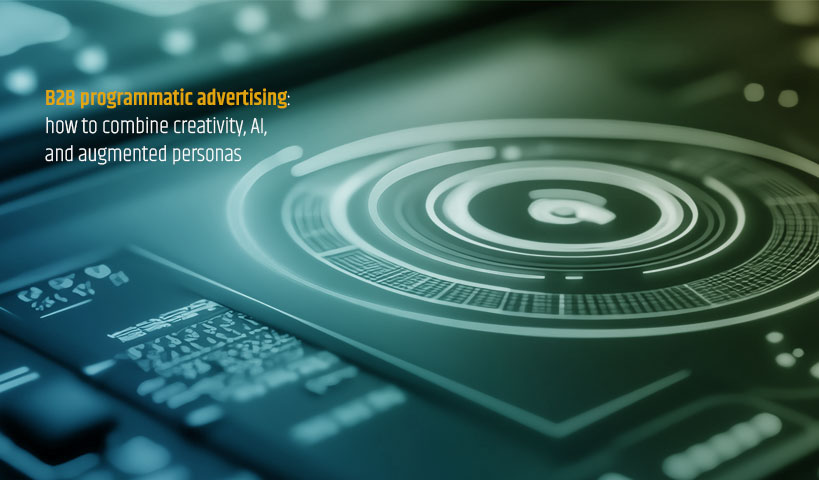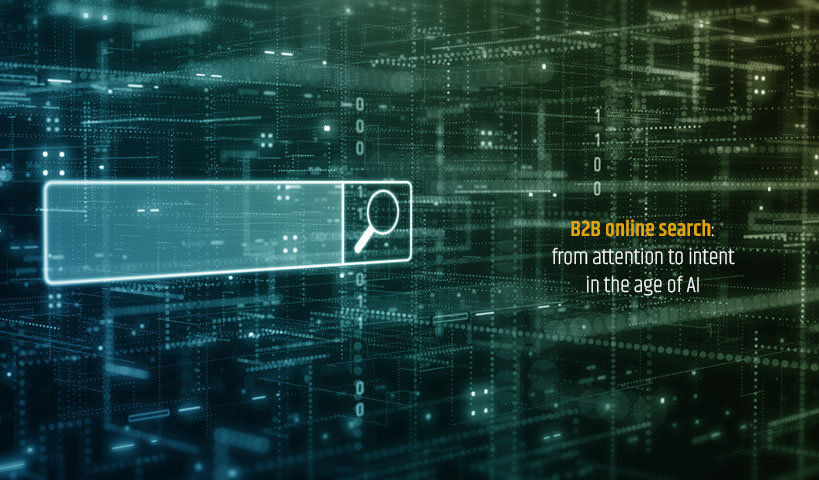
Those who know me know that I’m a big fan of Google Ads. The platform is well built, and there’s customer service when you want it (unlike the blue ones…).
And above all, the results are often very good, if not the best of all acquisition channels! Nevertheless, our most successful customers are those who consider the entire Web environment, rather than “rushing” into a single channel, like Google Ads.
First, a bit of theory about where the customer is in his thinking? Potential customers may be exposed to your campaigns and end up on your website at different stages of their thinking. Stages are like:

Passive: “I saw your ad, it awakens/potentially awakens a need”.
Peeping: “I’m just interested in what you’re doing” (translation: “interested” = I’m just looking). The peeping will probably consult one or more of your contents (e.g.: blog posts), get informed, but generally won’t take any serious action (e.g.: request a quote).
The nerd: the informant. He’s at the stage of looking for a solution to his problem and is eager to educate himself. They’re ready to make certain conversions (e.g.: subscribe to our newsletter, download technical documentation, download a whitepaper).
Ready for action: they’ve been educated, informed and convinced. That’s it, he’s ready to request a quote, ask for more info, buy.
And of course, this happens too:
The non-customer: “Why was I targeted? Oops, yes, it happens, wrong target.
How the customer thinks affects the choice of channel, Google Ads and/or others
Google Ads (search, keyword buying) is often more than excellent for reaching those who are ready to take action. That’s why Google Ads often generates the best return on investment – ROI. They’re often more motivated, and you have their full attention (unlike Facebook Ads and LinkedIn Ads, where you’re subject to selective attention). But by exploiting Google Ads alone, you run the risk of missing out on other excellent potential customers.
LinkedIn is more “top of the funnel”.
SEO, on the other hand, is important at every stage!
That’s why our multi-channel customers get better results. You can capture sales leads according to their buying stage.
Typical mistake when creating a campaign: not tailoring the call to action sufficiently
ExoB2B: “Client, we’re going to create a LinkedIn campaign for you to drive people to a landing page. On this page, we’ll need a call to action. Do you have any case studies or content (e.g. newsletter)?
Customer: “Uh, no, but I’d love to get a request for quote. That should be enough to start a campaign, shouldn’t it?”
Can you see the problem? The call to action will be perfect for the customer who’s ready to take action, but ineffective for those who want to find out more first. All the more reason to create more content on your website.
In summary, focusing on multi-channel B2B marketing, using platforms such as Google Ads and LinkedIn Ads, while working on your SEO over the long term, offers a more balanced and comprehensive approach. This enables you to reach a varied audience, optimize your advertising costs and remain adaptable to market changes. So, instead of betting on a single platform, invest wisely in multiple channels to maximize the effectiveness of your B2B marketing strategy.
Thought for the day:
I’ll end with this thought of the day: “A good sale to a customer is like a fart: if you force the thing too much, it’s probably shit”. To simmer 😉
Oh yes, I almost forgot: if you’d like to discuss this with us, if you’d like the right recipe to make your cake rise, contact us here.




